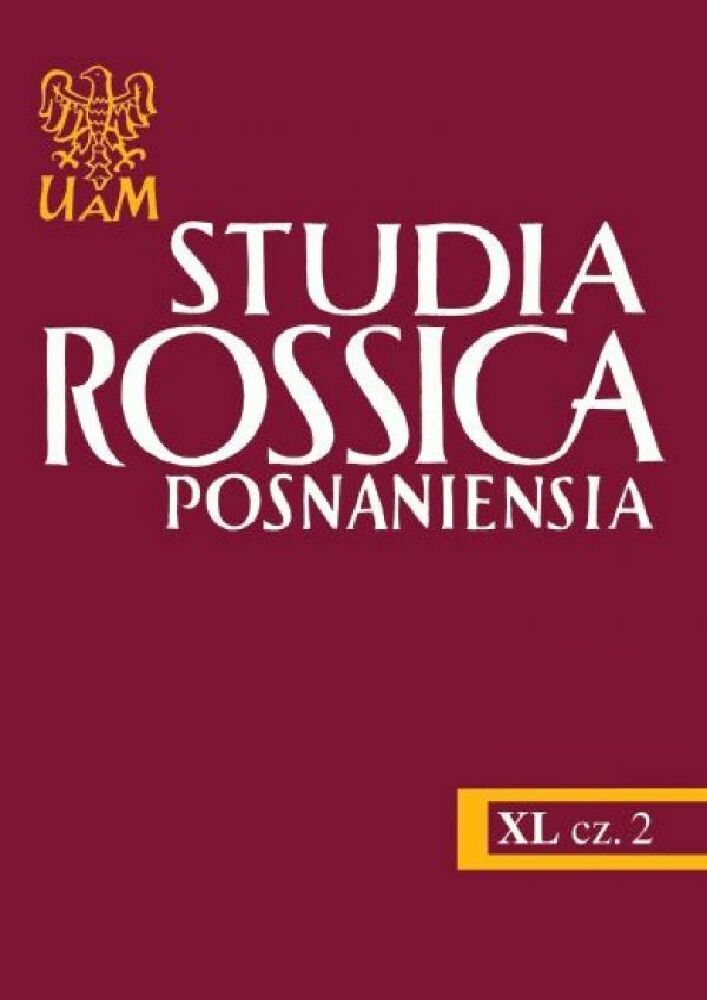Abstrakt
This article is devoted to the theme of a portrait that “comes to life” in Russian classical and contemporary literature. A portrait that “comes to life” actualizes the concept of boundaries between real and unreal space. This motif is particularly popular in Gothic and Romantic literature. The article deals with the Russian version of the mystic portrait (based on the example of N.V. Gogol’s story The Portrait and Yuri Buida’s novel Boris and Gleb). In Gogol’s story a “lifelike” portrait of a moneylender is a symbol of guilt and catharsis as well as the chaos and stability of the nation’s existence. Buida creates a postmodern conception of Russian history, which is reflected in an icon that is endowed with infernal pseudo-life.
Licencja
Copyright
© 2015 Uniwersytet im. Adama Mickiewicza w Poznaniu
OPEN ACCESS
